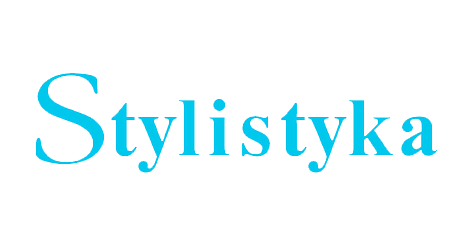

Mikhail Zoshchenko’s writings are firmly set in the reality of post-revolutionary Russia. The present article concentrates on the linguistic content of those works in which elements of humor are clearly seen. It presents various kinds of linguistic behavior of Zoshchenko’s characters as well as typical qualities of the writer’s style and analyses linguistic-stylistic devices with regard to their role in creating Zoshchenko’s specific humor, which depends, to a considerable degree, on the use of foreign (and, quite often, quasi-foreign) words and phrases, thus forming caricature hybrids, for instance: Ich bin eine chamber-zimmer. Komprene? Another comic aspect of Zoshchenko’s style consists in employing unconventional personal names, such as Boris Shakespeare or Socrates Palich (“Palich” being a shortened patronymic name “Pavlovich”). The writer also achieves a striking effect by using episodes from past epochs or introducing into his texts fragments of Old Russian texts. As a result, contemporary vocabulary conveys historical elements and words put in such contexts acquire unexpected meanings. Comical overtones of Zoshchenko’s writings are also enriched by the frequent appearance of various distorted forms, illogical and empty phrases as well as occasional juxtapositions, such as: “funeral waltzes” or “a widow by birth”. These devices result in accumulation of verbal contrasts, whose humor borders on grotesque. Zoshchenko’s idiolect is therefore created by a great number of artistic devices which give his work its special and unique character.
Pobierz pliki
Zasady cytowania
Licencja

Utwór dostępny jest na licencji Creative Commons Uznanie autorstwa – Użycie niekomercyjne – Na tych samych warunkach 4.0 Międzynarodowe.